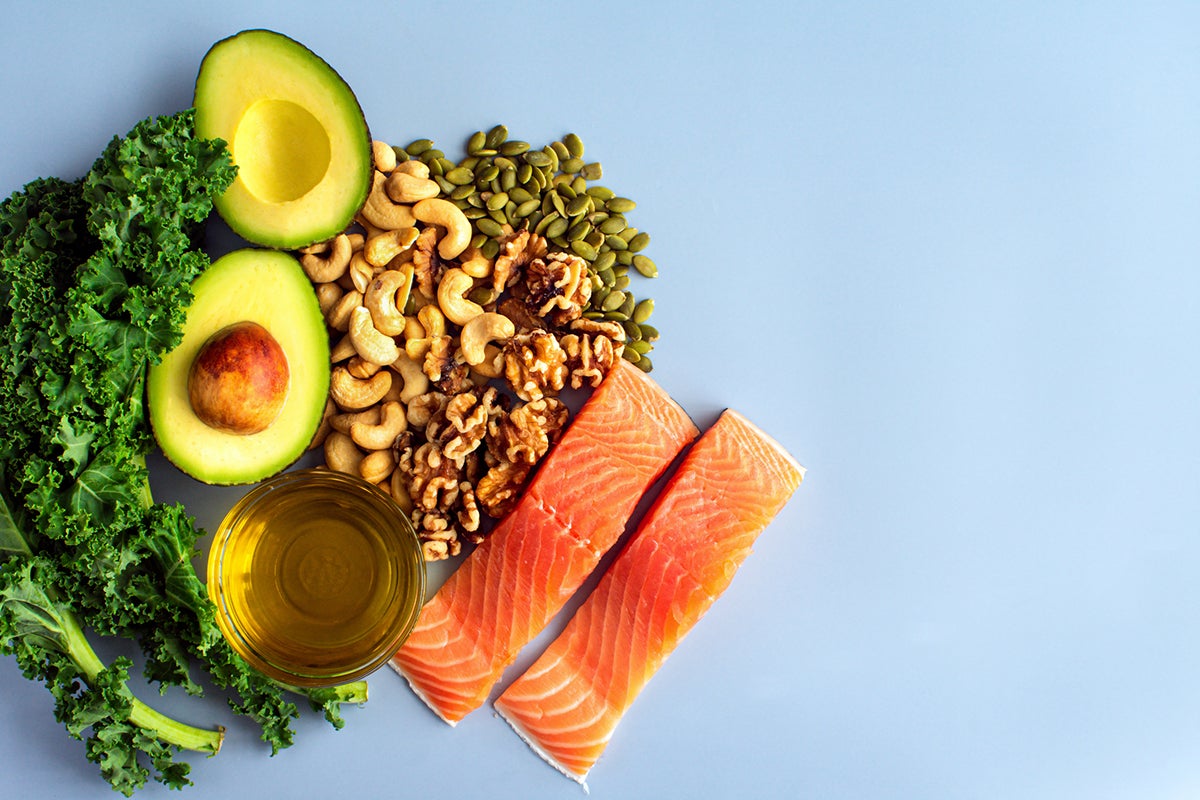Faculty offer Planetary Health Diet advice

September 12, 2024 – The Planetary Health Diet is a sustainable, flexible eating pattern. Three faculty from Harvard T.H. Chan School of Public Health offer advice on how to apply its principles to your plate.
Frank Hu, Fredrick J. Stare Professor of Nutrition and Epidemiology and chair, Department of Nutrition
I typically combine elements of a traditional Asian diet and traditional Mediterranean Diet. For example, dinner might be salad with a combination of greens, avocado, nuts, seeds, brown rice or quinoa, along with some salmon or tofu. We use olive oil for salad and almost everything else. Or we might make Kung Pao chicken, a traditional Chinese dish with chicken, vegetables, chilli peppers, and peanuts. It’s a bit spicy, but very tasty, served with brown rice. I also try to incorporate fermented foods like kimchi and yogurt that are rich in probiotics.
If you want to adopt the Planetary Health Diet, the first principle is to put plant-based foods at the center of your plate and use meat as a side dish or garnish. Second, it’s important to try to minimize food waste; in the U.S., about 30-40% of the food supply is wasted. Plan your meals before you go shopping and think carefully about what and how much you buy.
Walter Willett, professor of epidemiology and nutrition
It’s useful to plan meals by looking at eating patterns over the course of the day and organizing them around the base of a variety of vegetables, fruits, and whole grains. I typically also plan to have one serving of dairy and one serving of another animal source of protein over the course of the day. I usually have my dairy for breakfast—some yogurt with steel cut oats, fruit if that’s in season, and some nuts. Lunch is typically plant-based, such as a salad with hummus. And for dinner I will often eat a piece of chicken or fish with a salad including nuts and some whole grains.
Chris Golden, associate professor of nutrition and planetary health
To integrate blue foods in the diet—maximizing nutrient supply and minimizing environmental footprint—people should focus on eating aquatic plants such as seaweed, bivalves (mussels, clams, oysters), small pelagic fish (sardines, anchovies, mackerel), and sustainably sourced farmed salmon. Chinook salmon, pink salmon, and sockeye salmon are always good choices. For Atlantic salmon, try to stick to those farmed in the U.S. or Faroe Islands.
See examples of Planetary Health Diet meals.